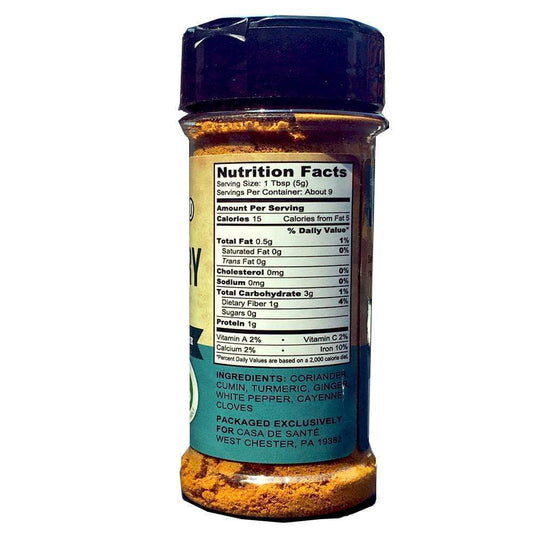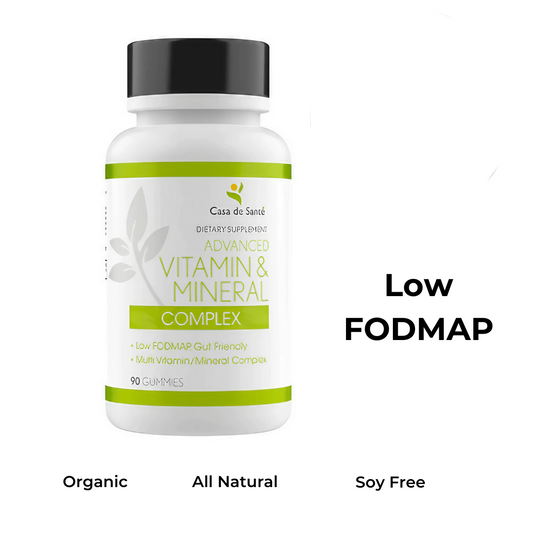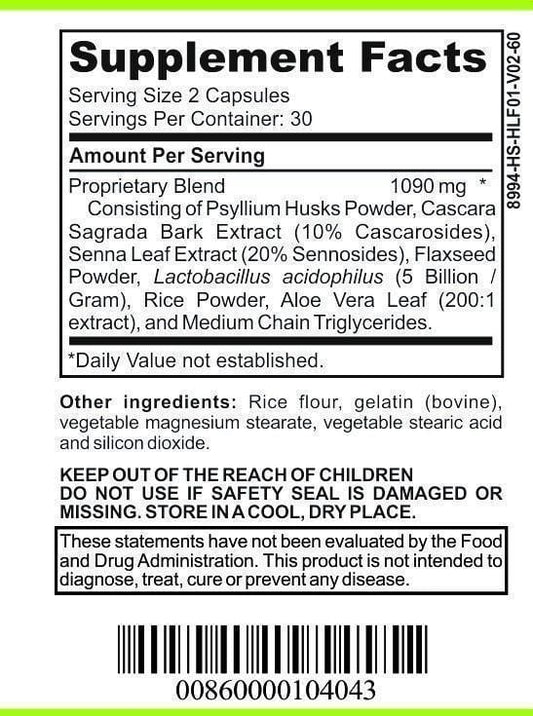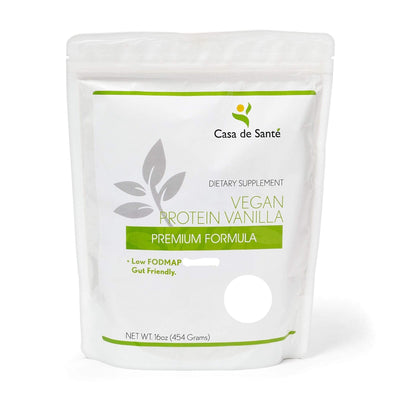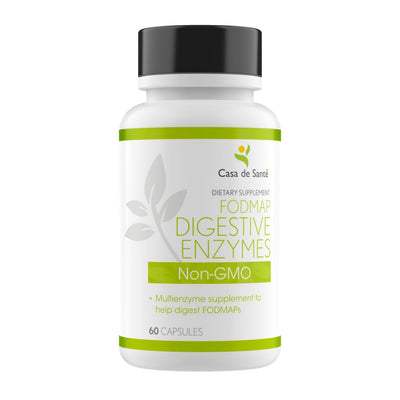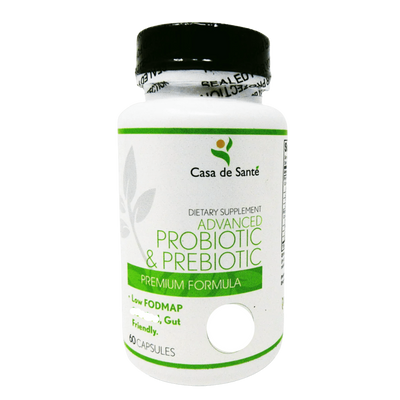Is Mung Bean Protein Isolate High In Histamine
Is Mung Bean Protein Isolate High In Histamine
In recent years, there has been growing interest in the nutritional benefits of plant-based protein sources. One such source gaining popularity is mung bean protein isolate. However, concerns have been raised regarding its histamine content and whether it is high enough to cause adverse effects for individuals who are sensitive to histamine. In this article, we will explore the relationship between mung bean protein isolate and histamine, understanding its effects on the body, analyzing its nutritional profile, and discussing the potential health implications of consuming high histamine foods.
Understanding Histamine and Its Effects
Before delving into the histamine content of mung bean protein isolate, it is essential to grasp the role of histamine in our bodies. Histamine is a chemical compound that is naturally produced by our immune system and plays a crucial role in various physiological processes.
Histamine is a biogenic amine that acts as a neurotransmitter, regulating several bodily functions such as digestion, immune response, and sleep-wake cycles. It is released by certain cells in our body, primarily mast cells and basophils, as part of the immune system's response to foreign substances or injury.
When histamine is released, it binds to specific receptors in our body, triggering a cascade of physiological reactions. These reactions can include increased blood flow, blood vessel dilation, smooth muscle contraction, and stimulation of gastric acid secretion. In some individuals, an excessive release of histamine or a reduced ability to break it down can lead to various symptoms, such as headaches, itching, hives, and digestive issues.
Understanding how histamine affects the body is crucial in managing histamine-related conditions. For example, histamine plays a vital role in the digestive system, where it stimulates the secretion of gastric acid to aid in the breakdown of food. However, in individuals with conditions like gastroesophageal reflux disease (GERD), excessive histamine release can contribute to the development of acid reflux symptoms.
Moreover, histamine is also involved in the regulation of sleep-wake cycles. It acts as a neurotransmitter in the brain, promoting wakefulness during the day and regulating sleep at night. Imbalances in histamine levels can disrupt this delicate balance, leading to sleep disorders such as insomnia or excessive daytime sleepiness.
Additionally, histamine is a key player in the immune response. When the body detects a potential threat, mast cells and basophils release histamine to initiate an inflammatory response. This response helps recruit immune cells to the site of injury or infection, facilitating the healing process. However, in individuals with allergies, the immune system overreacts to harmless substances, leading to an excessive release of histamine and the development of allergy symptoms like sneezing, itching, and nasal congestion.
It is worth noting that histamine is not only produced internally but can also be found in certain foods. Histamine levels in food can vary depending on the freshness, storage conditions, and processing methods. Some individuals may be more sensitive to dietary histamine and may experience symptoms such as headaches, flushing, or gastrointestinal distress after consuming histamine-rich foods like aged cheese, fermented products, or certain types of fish.
In conclusion, histamine is a vital compound in our bodies, playing a significant role in various physiological processes. Understanding how histamine affects the body can help individuals manage histamine-related conditions and make informed dietary choices to minimize potential symptoms.
The Nutritional Profile of Mung Bean Protein Isolate
Now that we understand histamine and its effects on the body, let's explore the nutritional composition of mung bean protein isolate.
What is Mung Bean Protein Isolate?
Mung bean protein isolate is derived from mung beans, which are legumes native to Asia. These small, green beans have been cultivated for thousands of years and are a staple in many Asian cuisines. Mung beans are known for their versatility and nutritional value, and their protein isolate is no exception.
The process of creating mung bean protein isolate involves extracting the protein from mung beans and removing most of the carbohydrates and fats. This results in a concentrated form of protein that can be easily incorporated into various dishes and products. Due to its high protein content, mung bean protein isolate is often used as a vegan or vegetarian alternative to animal-based protein sources.
Nutritional Components of Mung Bean Protein Isolate
Mung bean protein isolate boasts an impressive nutritional profile. It is rich in essential amino acids, which are the building blocks of protein and play a vital role in muscle growth and repair. These amino acids are crucial for maintaining overall health and well-being.
Furthermore, mung bean protein isolate is low in fat and carbohydrates, making it a suitable choice for individuals looking to maintain or lose weight. With its high protein content and minimal fat and carbs, it provides a satisfying and nutritious option for those watching their calorie intake.
In addition to being a great source of protein, mung bean protein isolate is also a good source of fiber. Fiber is essential for maintaining a healthy digestive system and promoting regular bowel movements. It can help prevent constipation and improve overall gut health.
Moreover, mung bean protein isolate contains important micronutrients such as iron, which is essential for the production of red blood cells and oxygen transport throughout the body. It also provides significant amounts of vitamins, including vitamin C and folate. Vitamin C is a powerful antioxidant that supports immune function and collagen production, while folate is crucial for cell growth and development, especially during pregnancy.
Overall, mung bean protein isolate is a highly nutritious ingredient that offers a wide range of health benefits. Whether you're looking to increase your protein intake, maintain a healthy weight, or support your overall well-being, incorporating mung bean protein isolate into your diet can be a smart and delicious choice.
Histamine Content in Various Foods
Now that we have explored the nutritional aspects of mung bean protein isolate, let's delve into the histamine content in different foods to understand where it stands in comparison.
When it comes to histamine, it is important to know which foods are high in this compound and which ones are low. Histamine is a natural chemical that is involved in the body's immune response and helps regulate various physiological processes. However, some individuals may have a sensitivity or intolerance to histamine, leading to uncomfortable symptoms such as headaches, hives, and digestive issues.
High-Histamine Foods
There are various foods that are naturally high in histamine or can trigger the release of histamine in the body. These foods are often avoided or limited by individuals with histamine intolerance or allergies. One such category is aged cheeses. Cheeses like blue cheese, cheddar, and parmesan have high levels of histamine due to the aging process. The longer a cheese is aged, the higher its histamine content.
Fermented foods are another group that can be problematic for those with histamine sensitivity. Foods like sauerkraut, kimchi, and pickles undergo a fermentation process that increases their histamine levels. This is because the bacteria involved in fermentation produce histamine as a byproduct.
Cured meats, such as salami, ham, and bacon, are also known to have high levels of histamine. The curing process involves the use of histamine-producing bacteria, which can lead to an accumulation of histamine in the final product.
When it comes to seafood, certain types can be particularly high in histamine. Tuna and mackerel, for example, are known to have elevated levels of histamine. This is because these fish have high levels of an enzyme called histidine decarboxylase, which converts the amino acid histidine into histamine.
Low-Histamine Foods
On the other hand, there are foods that are considered low in histamine and are generally well-tolerated even by individuals with histamine sensitivity. These foods can be a great option for those looking to minimize their histamine intake. Fresh fruits and vegetables, for instance, are excellent choices as they are naturally low in histamine. Apples, bananas, broccoli, and spinach are just a few examples of low-histamine produce.
When it comes to protein sources, lean meats like chicken and turkey are generally low in histamine. These meats are often recommended for individuals with histamine intolerance as they provide essential nutrients without triggering histamine release in the body.
Eggs are another low-histamine option that can be incorporated into the diet. They are not only a good source of protein but also contain various vitamins and minerals. Additionally, certain grains like rice and quinoa are considered low in histamine and can be enjoyed by individuals with histamine sensitivity.
Understanding the histamine content in various foods is crucial for individuals with histamine intolerance or allergies. By being aware of which foods are high or low in histamine, they can make informed choices to manage their symptoms and maintain a balanced diet.
Analyzing the Histamine Level in Mung Bean Protein Isolate
Having discussed the histamine content in different foods, let's now turn our attention to mung bean protein isolate and its histamine levels.
Research on Histamine in Mung Bean Protein Isolate
Although limited research has been conducted specifically on mung bean protein isolate and its histamine content, available studies suggest that it has relatively low levels of histamine compared to high-histamine foods. However, more research is needed to provide a comprehensive understanding of its histamine content and its effects on individuals with histamine intolerance.
Interpreting the Results
Based on the available information, it can be inferred that mung bean protein isolate is unlikely to pose a significant risk for individuals sensitive to histamine. However, it is crucial for individuals with histamine intolerance or allergies to consult with a healthcare professional before incorporating mung bean protein isolate into their diet.
Potential Health Implications of High Histamine in Diet
Now that we have explored the histamine content of mung bean protein isolate, let's consider the potential health implications of consuming foods high in histamine.
Histamine Intolerance and Allergies
For individuals with histamine intolerance or allergies, consuming high-histamine foods can lead to unpleasant symptoms such as migraines, nasal congestion, itching, and gastrointestinal disturbances. These individuals may need to limit or avoid foods known to be high in histamine.
Impact of High Histamine on Digestive Health
In addition to histamine intolerance, high histamine levels in the diet can impact digestive health. Excessive histamine can contribute to gut inflammation, digestive discomfort, and exacerbate symptoms of conditions such as irritable bowel syndrome (IBS).
In conclusion, while mung bean protein isolate is a promising plant-based protein source, it appears to have relatively low levels of histamine compared to high-histamine foods. However, it is essential for individuals with histamine intolerance or allergies to approach its consumption with caution and seek guidance from healthcare professionals. As research in this area continues to unfold, a better understanding of the histamine content in mung bean protein isolate and its effects on histamine-sensitive individuals will emerge, enabling individuals to make informed dietary choices.














